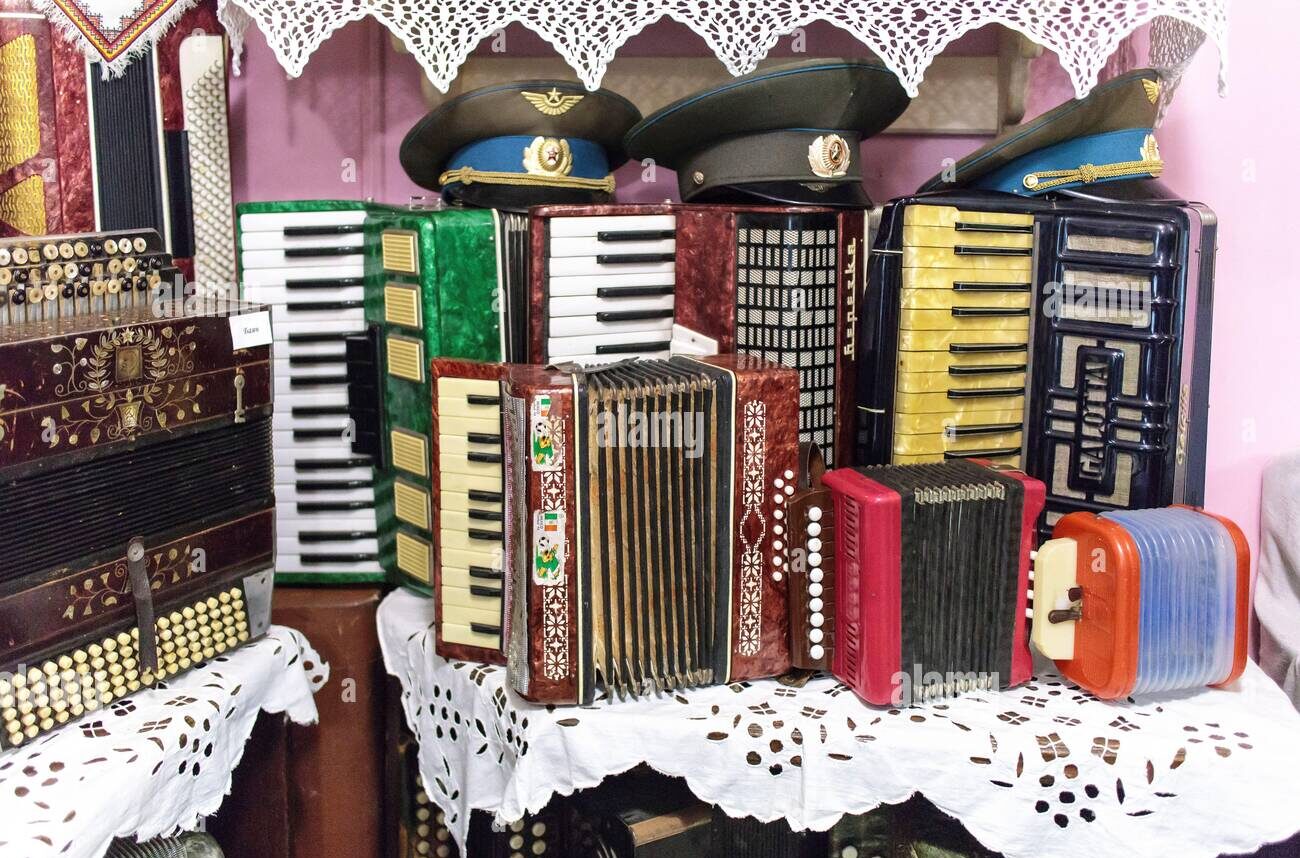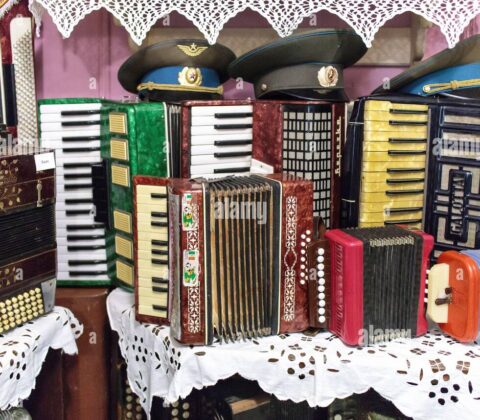

Button Accordion Types – Beginner Guide
The button accordion is an aerophone instrument which uses reeds to produce sounds. By pulling and pushing on its bellows, its compressor compresses or decompresses these reeds creating sounds heard when played by players.
Button accordions come in two main varieties – diatonic and chromatic. Diatonic button accordions are bisonoric instruments, meaning each button produces its own note when pressed or pulled.
Diatonic
Diatonic accordions are musical instruments composed of two or three rows of buttons tuned to one key, used primarily to play traditional Irish music and other ethnic genres.
A chromatic accordion is a type of button accordion with three to five rows of treble buttons and a Stradella bass, similar to what one would find on a piano accordion. As opposed to its diatonic counterparts, these accordions play the same note regardless of how the bellows is operated – creating an unisonoric soundscape.
Diatonic accordions are unique among other forms of accordions because each button produces two different notes when pressing or pulling on the bellows, setting them apart from their peers.
Chromatic
Chromatic button accordions feature an accordion-like structure but use buttons instead of keys, making them smaller and more compact than their piano accordion counterparts – ideal for travelling musicians!
Chromatic buttons offer the versatility of playing multiple notes – such as arpeggios, scales and extended chords – which makes them an excellent option for challenging classical pieces that require greater fingerwork than can be accomplished on piano.
A chromatic button accordion features up to five rows of buttons arranged in a diagonal chromatic pattern. As these buttons are closer together than on a piano keyboard, making large leaps and stretches simpler.
Chromatic button accordions are popular instruments throughout Eastern Europe and Russia. They often come equipped with two systems – B and C – the former is more suitable for playing chords while the latter more so for classical tunes.
Tremolo
Tremolo is an audio effect which creates a shimmering, penetrating sound by slightly altering the pitch of notes. It can be created either mechanically or electronically using an amplifier circuit.
On button accordions, signal tremolo is the most prevalent form of tremolo. This configuration utilizes a light dependent resistor and an opt coupler connected via tube circuitry for effective results.
Popular in the 50s and still used today in various musical genres, vibrato isn’t exactly an exact replication but is used as an acceptable replacement.
Additional types of tremolo include three-reed musette (M-, MMM or MMM+), which creates a fatter sound than concert pitch and was popular among folk and European pop performers like Huddie “Leadbelly” Leadbetter and Luizinho Calixto. Although slower and less accurate than vibrato tremolo techniques, its sound can often make for convincing performances!
Bass
A button accordion for sale is a form of musical instrument which uses buttons instead of keys for its keys, available in many sizes and styles.
There are various styles of bass button accordions. They range in terms of size and key ranges; yet each offers an enjoyable playing experience.
Chromatic Accordions (CBA) can offer a wider selection of notes on the treble side than accordions with piano keys due to their treble buttons being organized into three or five rows – with the latter duplicating what happened on rows one and two.
Chromatic accordions offer versatility in musical styles by being capable of being used to play any key. Furthermore, they’re unisonoric – meaning each key presses produces the same note when pressed no matter in what direction the bellows move.
